Reimagining ceramics: A look into Nicolette Johnson’s week at the UAP Brisbane Foundry.
Q&A with Nicolette Johnson
Interviewed by Aimee Rainbird | Assistant Curator
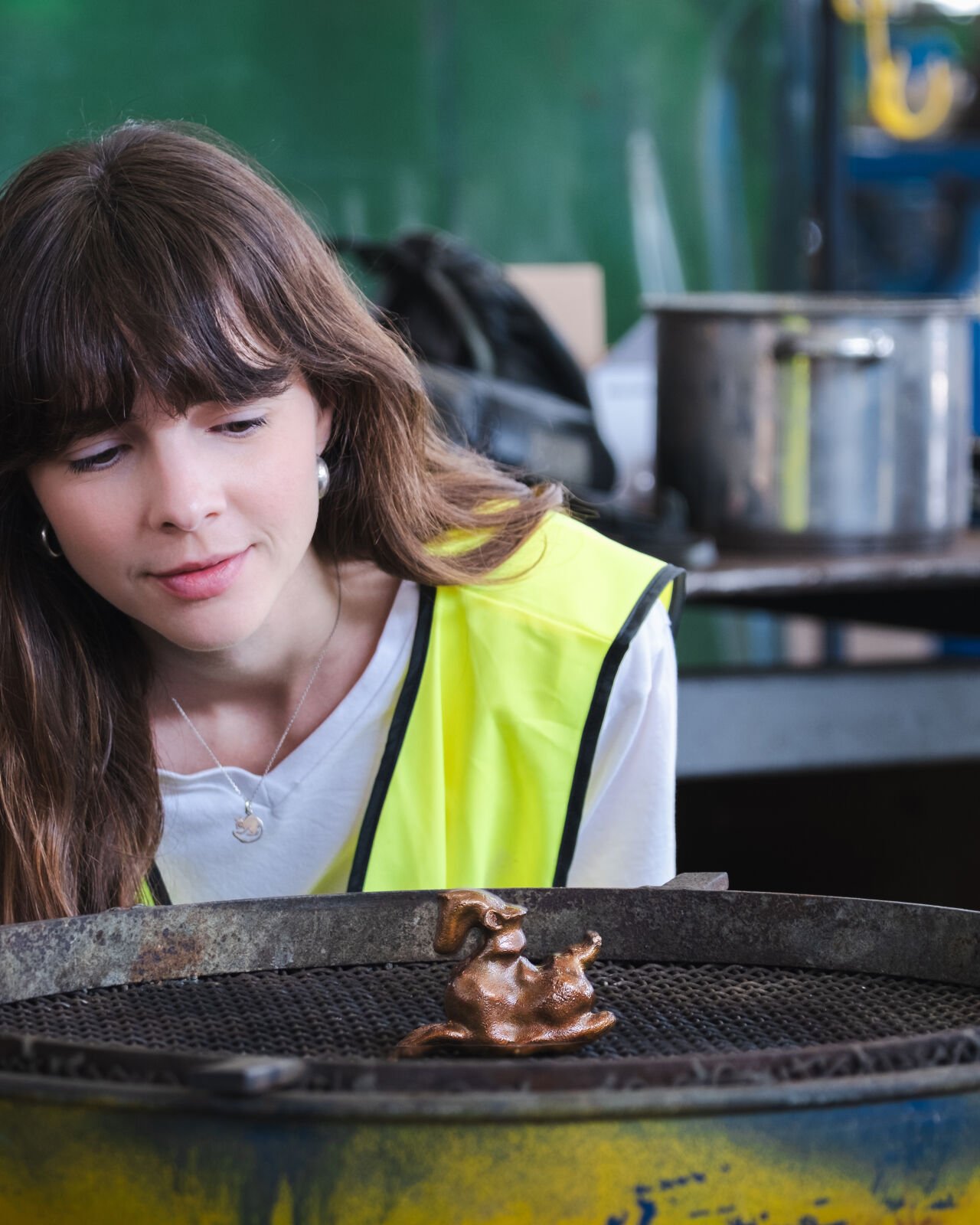
Last November, our foundry had the pleasure of hosting ceramic artist Nicolette Johnson. She spent a week in our Brisbane workshop, where she fully immersed herself in hands-on experiences and gained invaluable insights into public art and design. We took the opportunity to sit down with her to discuss her experiences, the challenges she faced, and the skills she developed during her time with us.
Aimee Rainbird (AR) Can you share how your career in ceramics began?
Nicolette Johnson (NJ) I started taking ceramics classes at Clayschool (formerly in West End) in 2015. I was working as a freelance photographer at the time, after graduating with a Bachelor of Photography a few years prior, and was looking for something creative and fun to do as a hobby. After just a term at the pottery studio, I was sure it was what I wanted to do for the rest of my life!
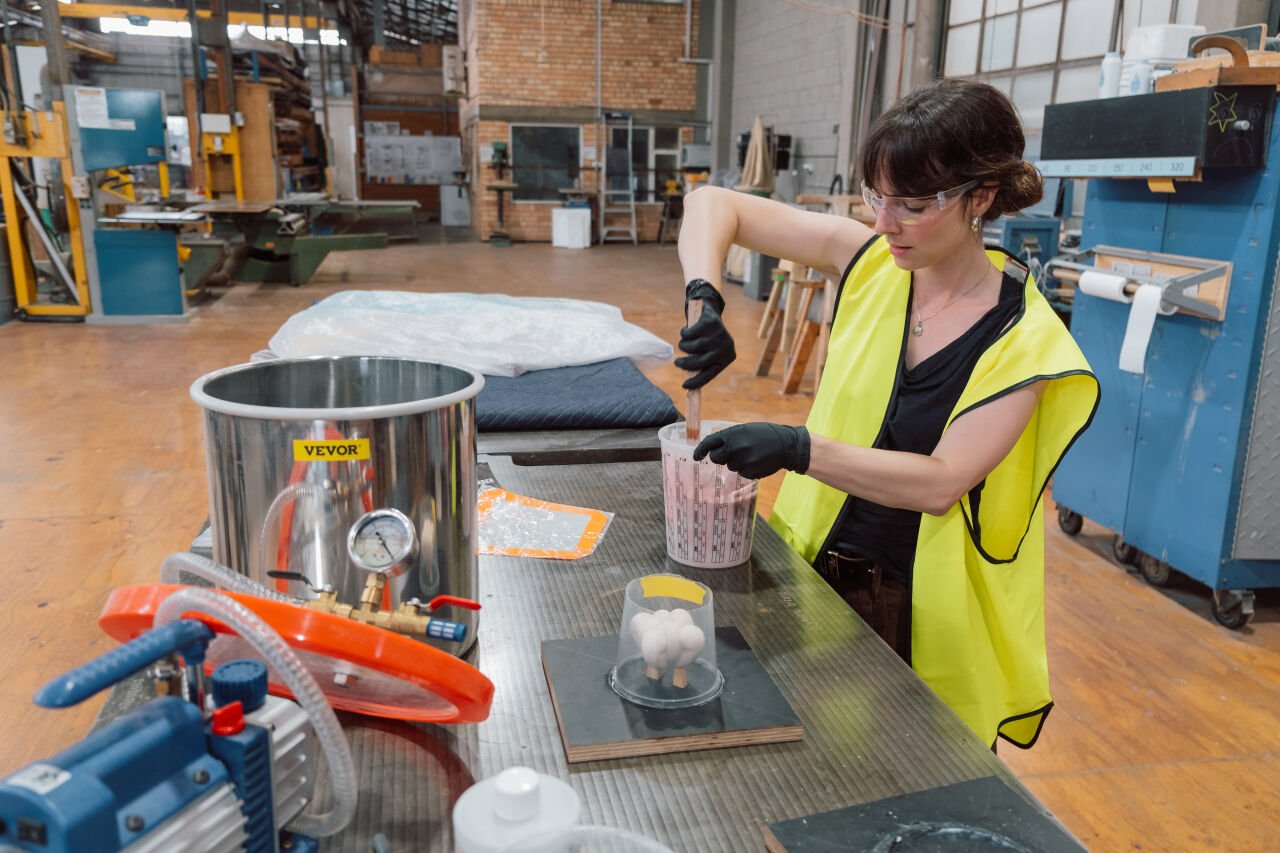
(AR) Ceramic vessels are one of the oldest artforms, holding both artistic and functional value across cultures for thousands of years. How do you navigate honouring ancient forms and exploring contemporary methodologies?
(NJ) I love adorning my pots, which are generally very traditional in form, with lots of surface decoration and attachments. The pots become more of a canvas or framework for little sculptures, which are usually symbolic of natural elements like vines, flowers, stars, or flames. This adornment shifts them from functional pieces to more sculptural objects, but at their most basic they are still fit for purpose, to hold, to contain, and to enclose.
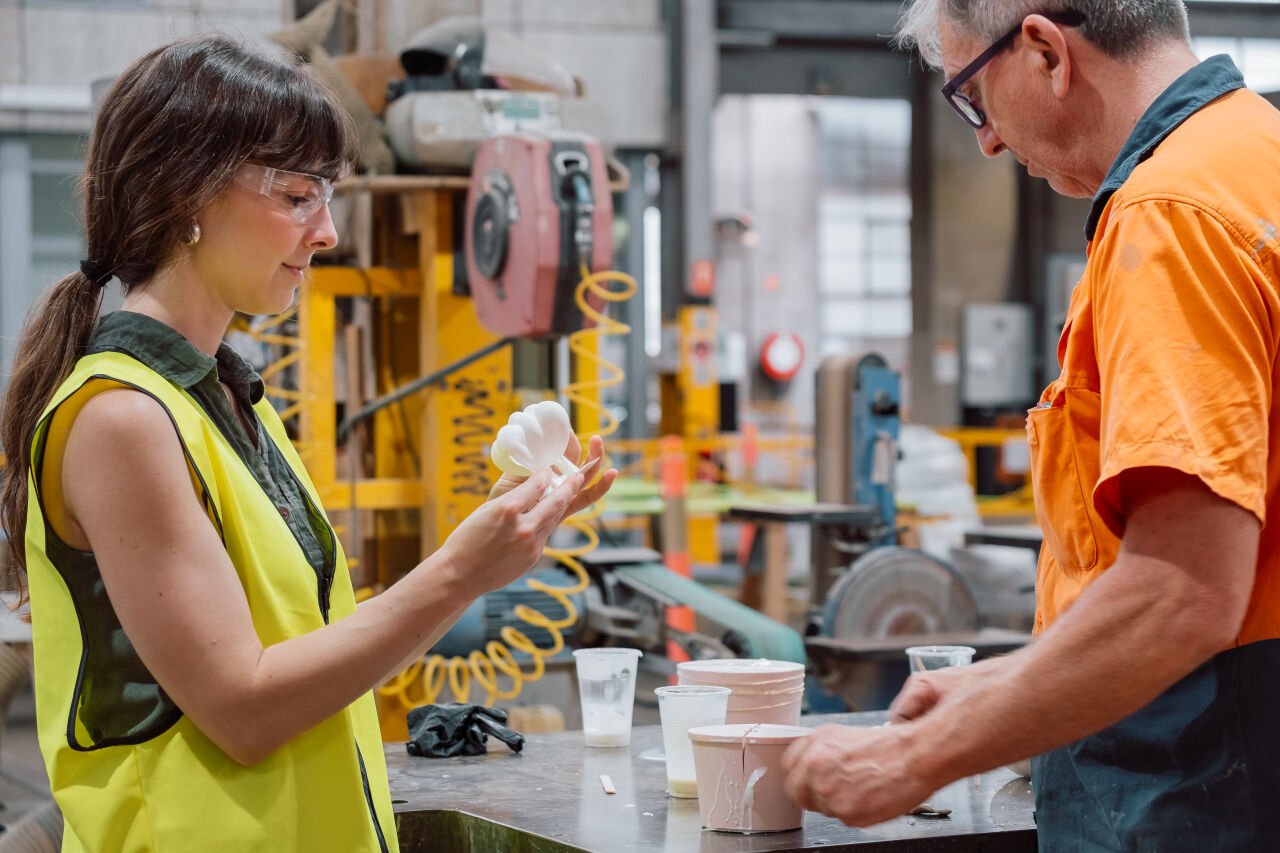
(AR) You have spoken to the variety of influences on your work, from jewellery and textiles to fantasy literature and film. How do these come together in your creative process?
(NJ) Seeing how artists use different mediums to convey a sense of mystery, mythology, specialness, and magic in their work is deeply inspiring and I enjoy the challenge of translating those feelings and ideas onto an object like a pot. Jewellery and textiles are both inherently intimate things; they have to do with touch and adorning or comforting the body. Film and literature are intimate in that they are an invitation into different worlds; they draw you in, and you are allowed to become part of them. I’d like my work to extend a similar invitation. I’d love viewers to see my work and feel a warmth, an intimacy, an imagined world that the work might belong to.
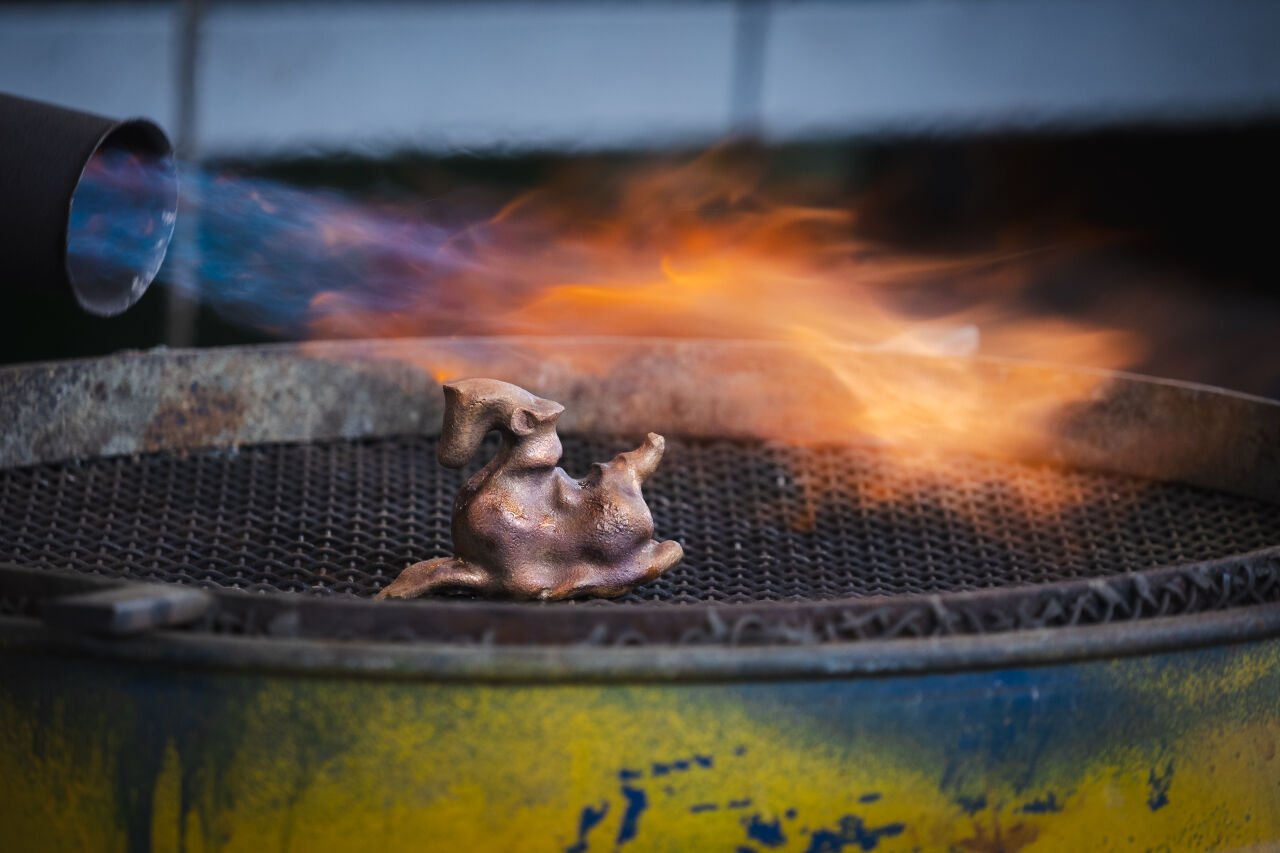
(AR) During your residency you experimented with plasticene and silicon mould making. How did this compare to the tactility and physical labour of working with clay?
(NJ) It was great to work with plasticine; it is stretchier than clay and I discovered I could push and pull it further and form shapes that I would have struggled with otherwise. Clay is more responsive to touch though, it yields in a more organic and predictable way, which I will always love!
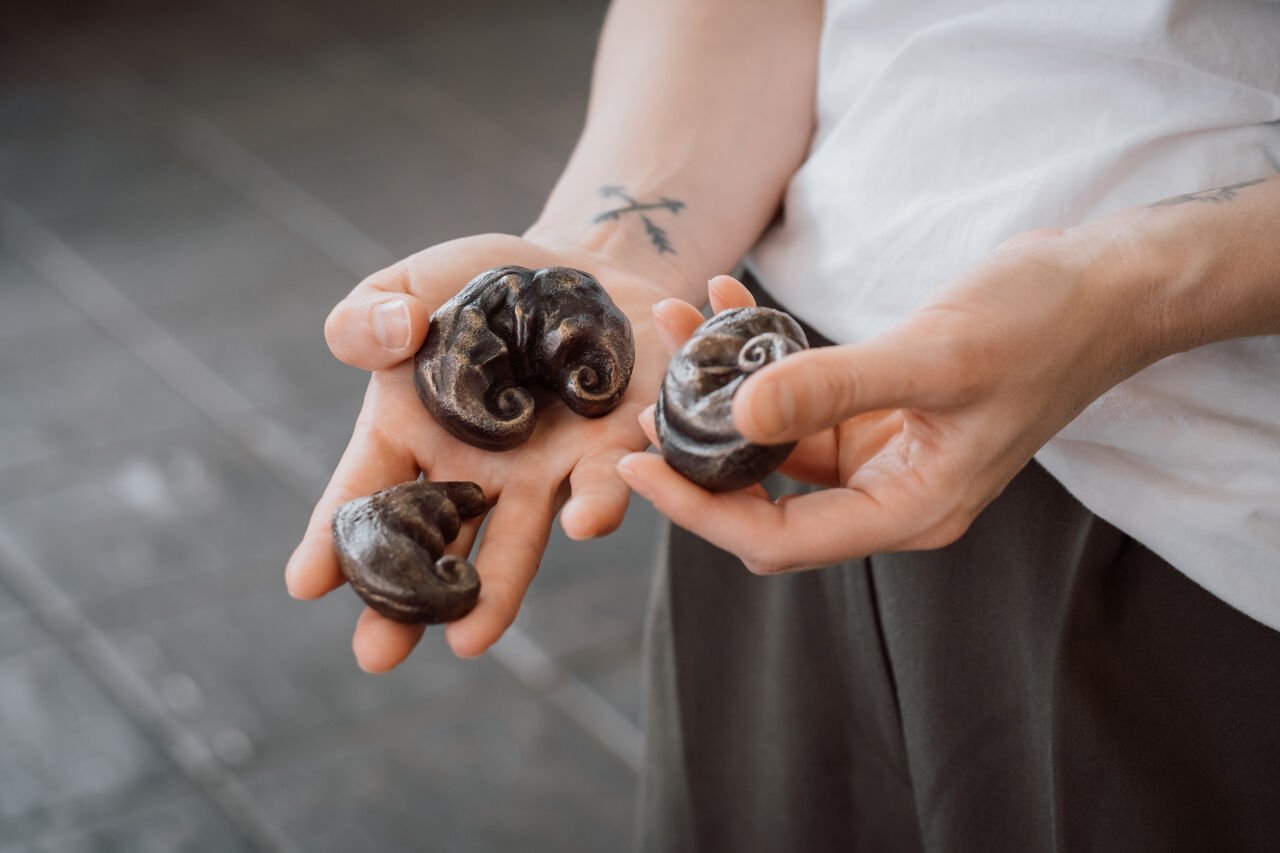
(AR) In the foundry you were able to watch some of your objects be sand moulded and cast. What was it like being removed from the direct hands-on making process?
(NJ) To be honest I definitely would have loved to be in there pouring molten metal! But it was actually so lovely seeing other people tending to and carefully crafting these little things that I made. It’s not just my effort that has gone into their making but a whole team of people’s work, and how special is that?
(AR) What were highlights of the residency? Are there any processes you would wish to continue exploring in your current and future practice?
(NJ) I absolutely loved working with John Nicholson to turn my little sculptures and sketches into 3D renders and start imagining them in real spaces. The time we spent tweaking small details and moving them around was so enjoyable and I really valued his skill and input. I was also so delighted to talk to David Chambers about patina and all the myriad possible ways to finish bronzes. I can draw parallels to the glazing process in ceramics. All of the many different decisions can make such a huge impact on the feeling of the finished work. It was fascinating.
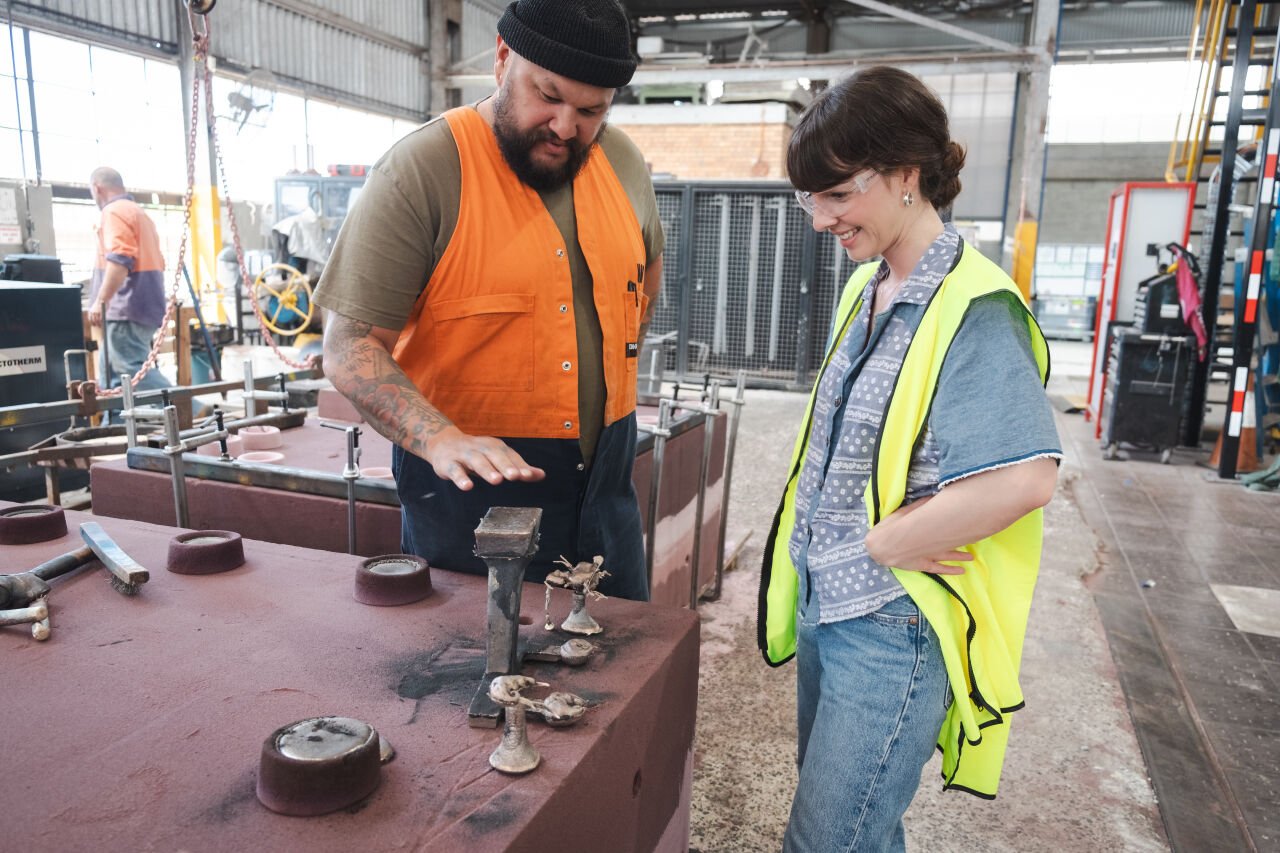
(AR) Are there any spaces in the public realm you see best suited to your works? How do you wish audiences to engage with them?
(NJ) I want to make a life-sized sculpture of one of my Little Beasts, these mystical, ambiguous little animal forms that are made by squeezing clay in my hands, and I imagine the fun people could have climbing on it, playing around its legs, or riding on its back. I would have loved something like that myself as a child! I imagine these sculptures protecting the entrance to a leafy park or sitting proudly in a field.
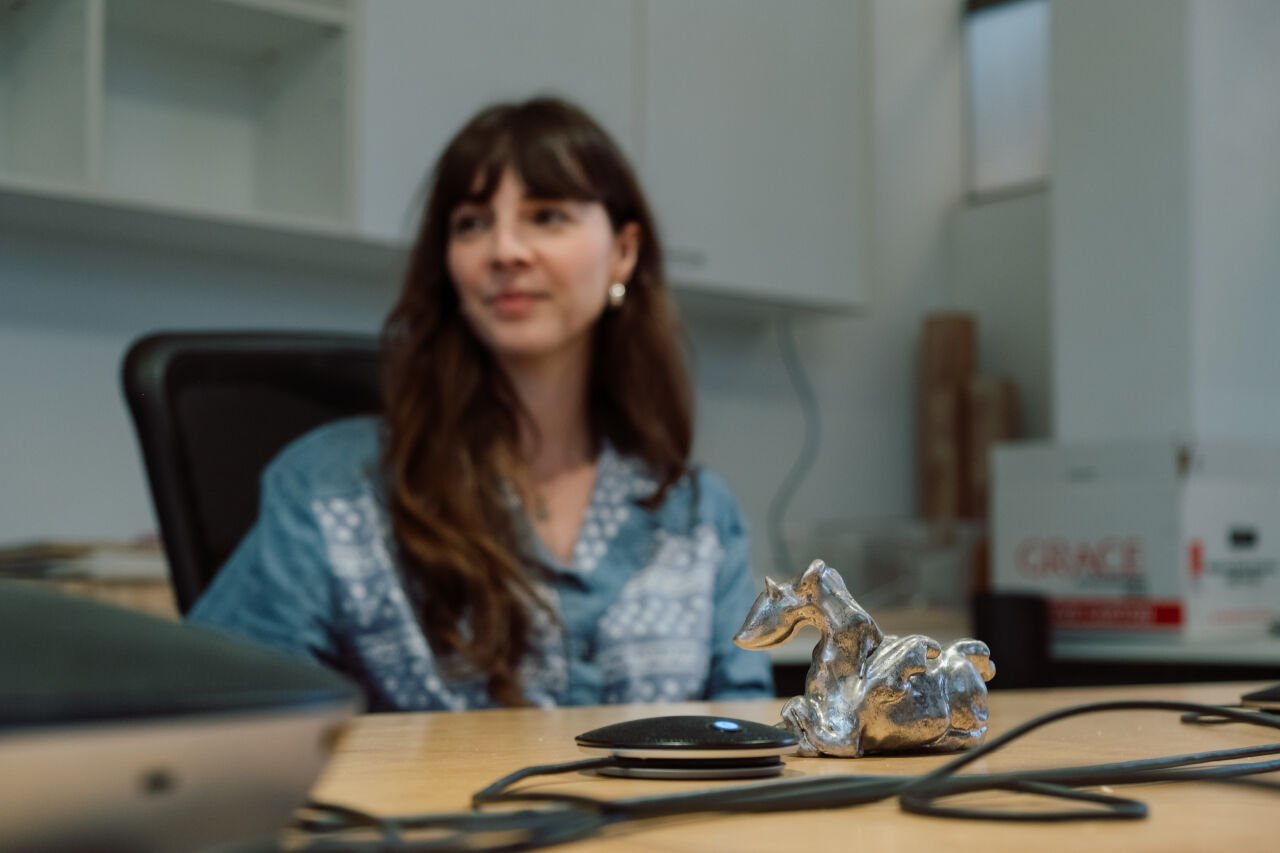
Image Credit: Rachel See, courtesy of UAP | Urban Art Projects
#Related Articles

Companies in Research Partnerships are More Innovative and Resilient
The keys to collaboration between small businesses and the research sector have been revealed in a major new report.
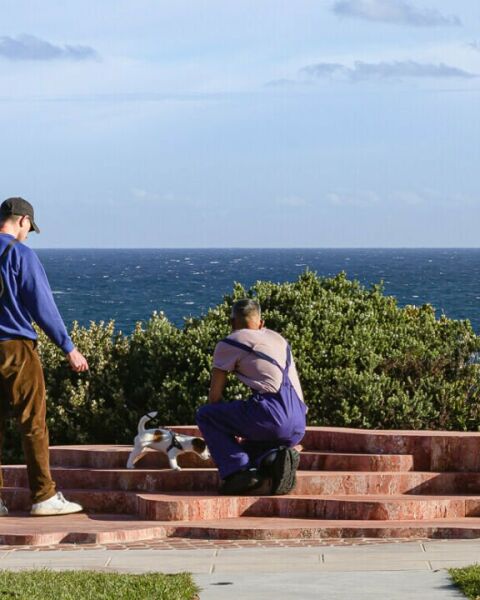
Launch of Bondi Memorial: Rise
A place of quiet and ongoing reflection where we can recognise this devastating history together as a community whilst marking the forward-moving social progress made through ongoing changing attitudes in society.
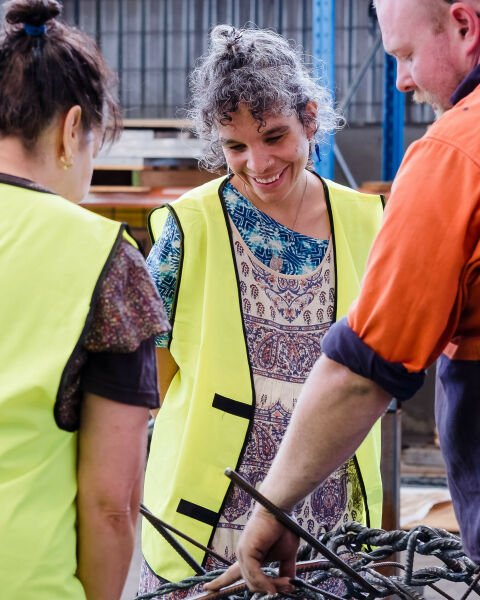
Five Questions with Elisa Jane Carmichael
Quandamooka woman and multi-disciplinary artist Elisa Jane Carmichael was born in Brisbane. Her works draw inspiration from her salt-water heritage and her connections to country, building upon a foundation of cultural knowledge and practice that has been passed down by her family.